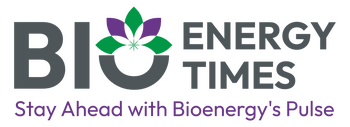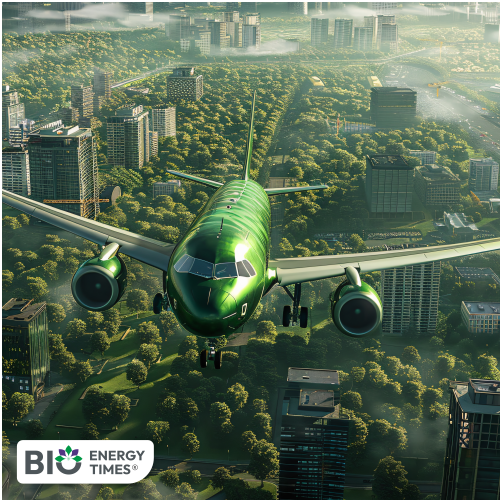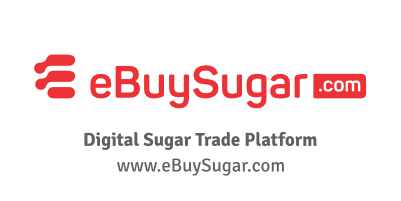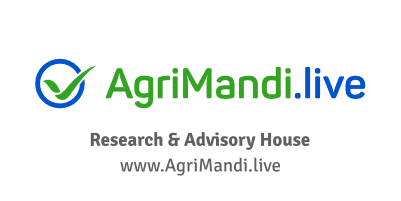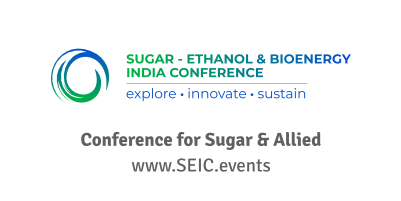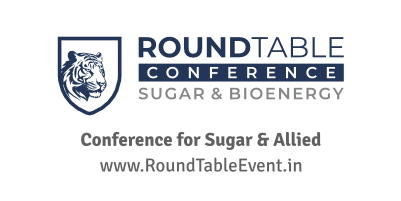The UK’s transition toward Sustainable Aviation Fuel (SAF) is gathering pace, and the impact is now visible in the market as prices climb sharply, reports ResourceWise Blog.
The Department for Transport (DfT) has released the second edition of its provisional 2025 SAF report, offering the most detailed view so far of how obligated suppliers are progressing toward this year’s targets. The update, which includes data up to mid-September, outlines trends in jet fuel demand, SAF usage, fuel sources and the technologies used to produce SAF. Although the numbers are provisional, they remain the most reliable gauge of the UK’s progress toward meeting the 2% SAF blending requirement.
By mid-September, the UK had consumed 158 million litres of SAF. While this suggests steady growth, it still falls short of what is required for full compliance.
A true measure of progress requires comparing SAF consumption with three key metrics: fossil jet fuel usage, actual blending rates and mandated blend levels.
So far this year, only one reporting period has surpassed the 2% blending requirement. The national average blending rate stands at 1.63%, well below the target. With the year nearing its end, suppliers now face mounting pressure to close the gap — and that pressure is shaping market behaviour.
Throughout the previous year, SAF prices hovered around USD 1,800 per tonne. Beginning in July, however, prices surged from the steady USD 1,800 level to above USD 2,900 per tonne. This jump reflects the last-minute rush by obligated parties that postponed SAF procurement earlier in the year and are now working urgently to meet blending requirements.
The financial impact is significant:
A 2% blend at USD 1,800/t cost roughly USD 36/t.
At today’s prices above USD 2,900/t, the cost rises to about USD 58/t.
The USD 22/t difference is due entirely to timing, a major burden for an industry where profit margins are often very narrow.
The trend underscores the need for better planning. Delayed purchasing is proving costly for suppliers.
UK Still Needs 119 Million Litres of SAF This Year
A clearer picture of the supply gap emerges when projecting full-year jet fuel use:
Jet fuel consumed so far: 9.83 billion litres
Estimated consumption for the remainder of the year: 4.02 billion litres
Total projected 2025 consumption: 13.849 billion litres
A 2% SAF mandate requires 277 million litres of SAF for 2025. With 158 million litres already consumed, the remaining need is 119 million litres.
This means that 43% of the entire annual requirement must be supplied in the last 29% of the year — a key driver behind the current price spike.
The UK’s SAF market is entering a pivotal stage. Usage is increasing, mandates are tightening and suppliers are still adjusting to the new compliance landscape.
Prices are climbing not because supply has collapsed, but because demand is now concentrated in a compressed timeframe as parties try to meet the mandate before the year ends. As long as this pattern continues, price volatility is likely to persist.
However, the broader significance is clear: rising prices reflect rising demand. The UK’s SAF policy is achieving its goal — prompting real uptake, strengthening the market and signalling producers to expand capacity.
The key question now is whether suppliers will change their procurement strategies in time for the next compliance cycle.
